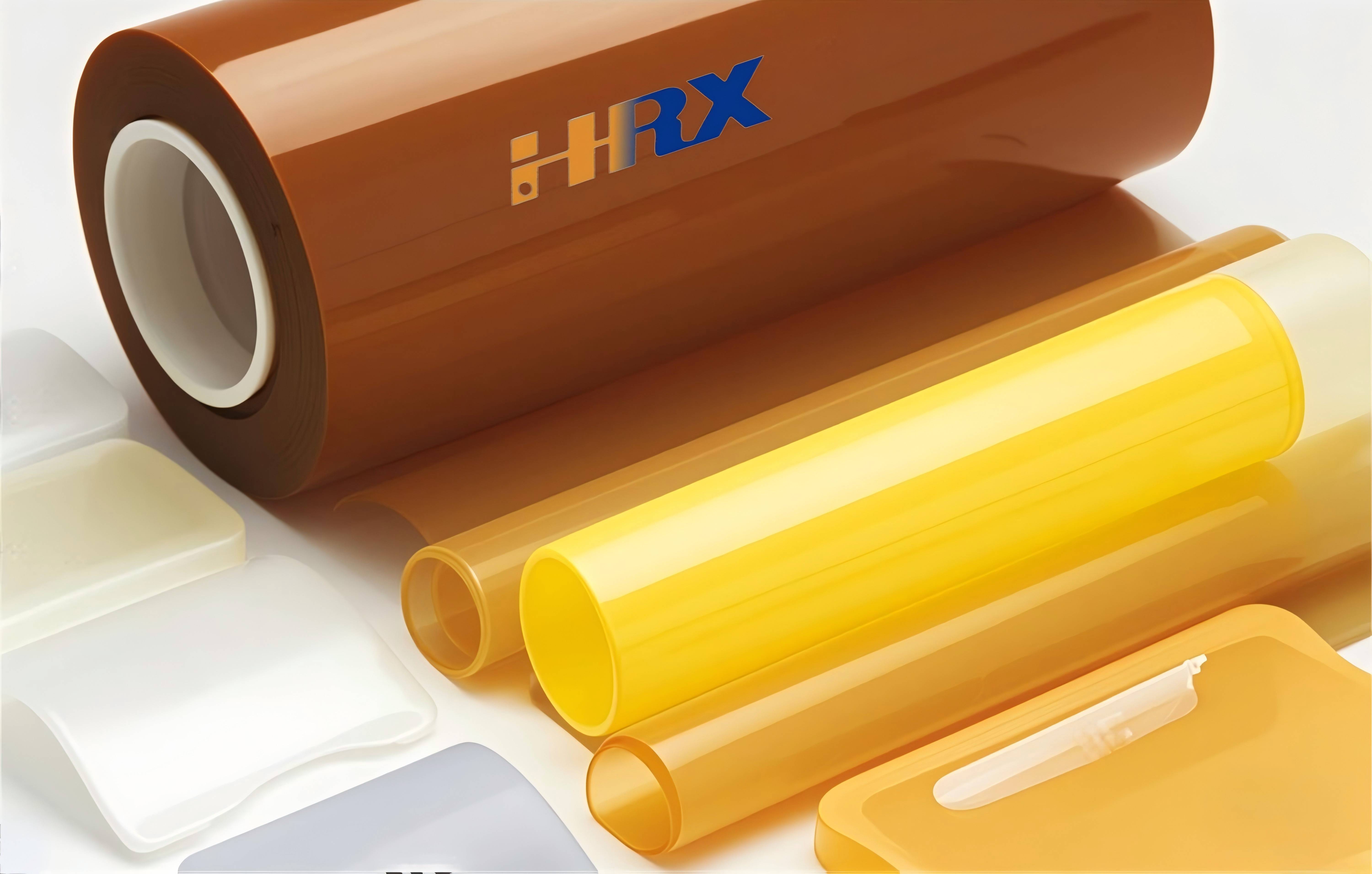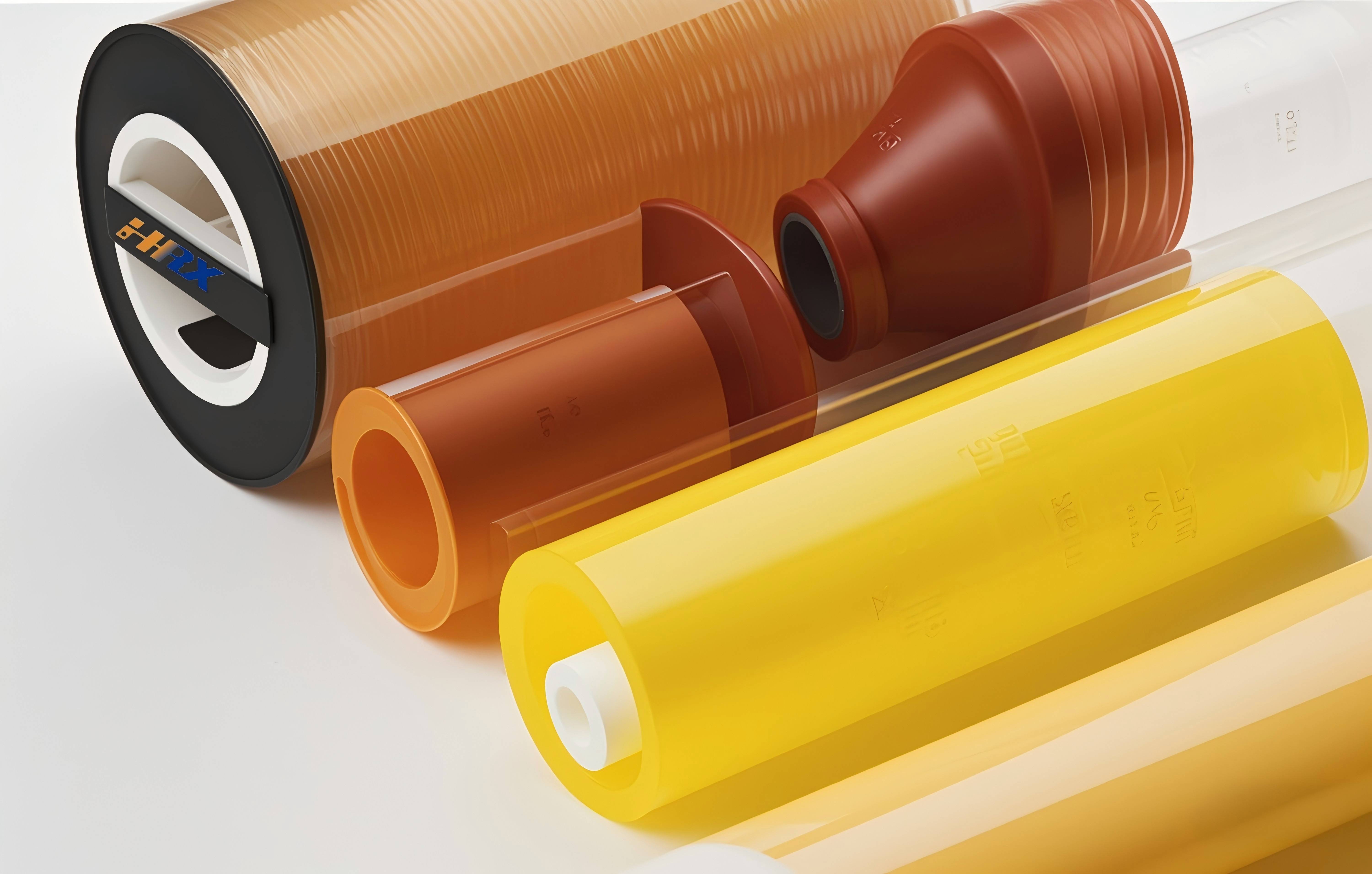Search
Unraveling the Mysteries of FPC Substrates: A Deep Dive into Types, Design, Production, and Applications
- Feb 25,2025
-
Share
In the dynamic realm of FPC (Flexible Printed Circuit) manufacturing, the substrate isn't just a supporting element; it's the linchpin that determines the performance, reliability, and application viability of the final product. Today, we're embarking on an in - depth exploration of the diverse FPC substrate types, dissecting their nuances in design, production, advantages, disadvantages, and application - specific precautions, all illustrated with real - world examples.

1. Polyimide (PI)
Design and Production Considerations
The coefficient of thermal expansion (CTE) of PI demands meticulous matching with that of other materials. This is crucial to prevent the catastrophic consequences of delamination or circuit fractures during thermal cycling. PI's high cost and intricate processing requirements mean that operations like drilling and etching are no walk in the park. These processes necessitate precision control of parameters to ensure a flawless outcome. Additionally, the inherently poor wettability of the PI surface poses a challenge for soldering and bonding, often necessitating specialized surface - treatment techniques.
Advantages
PI is a veritable powerhouse when it comes to performance. Its high - temperature resistance is remarkable, allowing it to operate seamlessly above 200°C for extended periods. This makes it an ideal choice for applications in extreme thermal environments. Chemically, it's a tough nut to crack, with robust resistance to a wide array of corrosive substances. Mechanically, PI combines excellent flexibility with high tensile strength, making it suitable for applications that require repeated bending and stretching. And electrically, it offers outstanding insulation properties, ensuring signal integrity even in challenging electrical conditions.
Disadvantages
However, PI is not without its drawbacks. The primary hurdle is its relatively high cost, which can be a limiting factor in cost - sensitive applications. Coupled with this, the complex processing techniques required demand state - of - the - art equipment and highly skilled operators, further adding to the production complexity.
Product Application Precautions
In high - frequency and high - speed circuits, PI's dielectric constant can have a significant impact on signal transmission. For example, in 5G communication equipment, where signal integrity is of utmost importance, engineers must carefully calculate the line impedance when using a PI - based FPC. This ensures that the high - speed signals are transmitted accurately without distortion.
2. Polyester (PET)
Design and Production Considerations
PET's Achilles' heel is its limited heat resistance. During the soldering process, strict temperature and time control are non - negotiable to prevent the substrate from warping or degrading. Another concern is its high hygroscopicity, which means that moisture - proof measures are essential during storage and production. PET's relatively weak mechanical strength also calls for careful planning of the bending area during design. In production, tight control of tension and pressure is required to prevent the FPC from cracking or breaking under stress.
Advantages
PET offers a balance of cost - effectiveness and functionality. Its flexibility is sufficient to meet the requirements of most general - purpose electronic products. Moreover, its relatively low cost makes it an attractive option for mass - produced consumer electronics. It also provides a reasonable level of electrical insulation, which is adequate for many applications.
Disadvantages
The limitations of PET are clear. Its low heat resistance restricts its use in applications where high operating temperatures are expected. The high hygroscopicity not only affects the dimensional stability of the FPC but can also lead to a degradation of its electrical performance over time. And its lack of mechanical strength means that it may not be suitable for applications that require frequent or aggressive bending.
Product Application Precautions
PET - based FPCs should be strictly avoided in high - temperature and high - humidity environments. Consider a common mobile phone charger; if a PET - based FPC is used, the heat generated during normal operation could potentially cause the FPC to deform, leading to a malfunction.
3. Polyamic Acid (PAA)
Design and Production Considerations
PAA is extremely sensitive to high - temperature, strong - acid, and strong - alkali environments. In the design phase, it's crucial to account for its poor dimensional stability by incorporating appropriate dimensional tolerances. During production, maintaining a stable environmental temperature and humidity is essential to prevent any unwanted changes in the substrate's properties.
Advantages
PAA's main selling point is its low cost, which makes it an appealing option for applications where cost is a primary consideration. It also offers a certain degree of flexibility, allowing for basic bending requirements to be met.
Disadvantages
Unfortunately, PAA's performance is lackluster in many areas. Its poor heat resistance and chemical resistance severely limit its application scope. Additionally, its poor dimensional stability means that it may not be suitable for applications that require precise and consistent dimensions.
Product Application Precautions
PAA - based FPCs should never be used in high - temperature or strongly corrosive environments. For instance, in a common electronic toy, exposing a PAA - based FPC to high - temperature conditions for an extended period could lead to the breakdown of the FPC and the failure of the toy.
4. Polyamide Acid Ester (PA)
Design and Production Considerations
Designing and producing with PA requires a holistic approach. Engineers must carefully consider all aspects of its performance, from heat resistance to electrical properties, to select the most appropriate process parameters and compatible materials. Ensuring good compatibility with other components in the FPC is also crucial to avoid any potential compatibility issues that could compromise the overall performance.
Advantages
PA offers a well - balanced set of properties. It has moderate heat resistance, chemical resistance, mechanical strength, and electrical performance. This makes it suitable for a wide range of applications where a balance of these properties is required.
Disadvantages
However, PA's jack - of - all - trades nature means that it doesn't excel in any particular area. In applications with high - performance requirements, its performance may fall short, and more specialized materials may be required.
Product Application Precautions
When considering PA - based FPCs for high - performance applications, a thorough evaluation is essential. For example, in a smart bracelet, which requires long - term stability and reliable performance, the use of a PA - based FPC should be carefully weighed against its potential limitations.
5. Polyethylene Naphthalate (PEN)
Design and Production Considerations
PEN has unique processing characteristics that demand careful parameter adjustment during molding, drilling, and etching processes. In some cases, to enhance its performance, modification or compounding with other materials may be necessary. This can help to overcome its inherent limitations and optimize its properties for specific applications.
Advantages
PEN offers a decent combination of heat resistance and mechanical strength, along with good dimensional stability. These properties make it a viable option for applications that require a certain level of durability and stability.
Disadvantages
Its electrical performance is somewhat average compared to some of the more specialized materials. When used alone, it may not be sufficient for applications that demand high - performance electrical characteristics.
Product Application Precautions
In high - frequency circuit applications, the electrical performance of PEN - based FPCs can be a critical factor. For example, in simple wireless transmission devices, the relatively average electrical properties of PEN may affect the stability of signal transmission, and this needs to be carefully considered.
6. Fluoroplastic (FEP)
Design and Production Considerations
FEP's low surface energy presents a significant challenge for bonding and soldering. Specialized surface - treatment methods are essential to improve its surface activity and ensure reliable connections. Additionally, due to its high cost, careful consideration of the application requirements and budget is necessary before choosing FEP as the substrate material.
Advantages
FEP is renowned for its outstanding flame - retardant properties, making it an ideal choice for applications where fire safety is a top priority. Electrically, it offers excellent performance, with a low dielectric constant and high insulation resistance, making it suitable for high - frequency and high - voltage applications.
Disadvantages
The high cost of FEP can be a major deterrent, especially in cost - sensitive applications. Its poor surface activity also adds complexity to the manufacturing process, requiring additional steps and resources.
Product Application Precautions
FEP - based FPCs should be used with caution in products where cost is a primary concern. For example, in high - end avionics equipment, while FEP's performance may be desirable, the high cost must be carefully weighed against the overall budget constraints.
7. Polytetrafluoroethylene (PTFE)
Design and Production Considerations
PTFE's processing is a complex and challenging task. Specialized techniques such as laser processing and compression molding are often required, and precise control of temperature, pressure, and time is essential. Given its weak bonding force with other materials, selecting the right adhesives or intermediate - layer materials is crucial to ensure a strong and reliable connection.
Advantages
PTFE is a material with extraordinary properties. Its extremely low dielectric constant and dielectric loss make it the material of choice for high - frequency applications, where signal loss must be minimized. It also offers unrivaled high - temperature resistance and chemical corrosion resistance, making it suitable for use in the most extreme environments.
Disadvantages
The major drawbacks of PTFE are its high cost, difficult processing, and poor adhesion to other materials. These factors can significantly increase the production cost and complexity.
Product Application Precautions
In applications where PTFE - based FPCs are connected to other components, strengthening the reliability of the connection is of utmost importance. For example, in satellite communication equipment, any connection failure could have catastrophic consequences, so the connection between the PTFE - based FPC and other components must be carefully designed and tested.

In summary, a thorough comprehension of the characteristics of diverse FPC substrates is pivotal for making well - informed choices in the realms of design, production, and application. Shenzhen Huaruixin Electronics Co., Ltd., a leading expert in FPC manufacturing, sincerely extends an invitation to both new and long - standing partners to engage in in - depth discussions. Our collective goal is to enhance the services provided to the FPC industry. By meticulously weighing these factors, manufacturers are empowered to optimize the performance and quality of FPC products. This not only elevates the standard of FPC manufacturing but also unlocks new frontiers for innovation within the electronics industry, propelling it towards greater heights of development.

Let’s talk! We’ll provide the perfect solution for you!
-
 Huaruixin Electronics mainly produces printed circuit boards as the core business, to provide customers with one-stop solutions for FPC/PCB production, components sourcing and Assembly.
Huaruixin Electronics mainly produces printed circuit boards as the core business, to provide customers with one-stop solutions for FPC/PCB production, components sourcing and Assembly. - WHAT WE DO — PCB Design Solutions — Flex PCB Production — Components Sourcing — FPC&PCB Assembly
- PRODUCTS — Single Sided Flexible Circuits — Double Sided Flexible Circuits — Multilayer Flexible Cirucits — Rigid-Flex Circuits — FPC Assembly — PCB Assembly
- CAPABILITY — FPC Capability — Rigid-Flex Capability — PCB Capability — Assembly Capability
- Copyright © 2024 Shenzhen Huaruixin Electronics Co., Ltd. All Rights Reserved.
- Design By BONTOP


